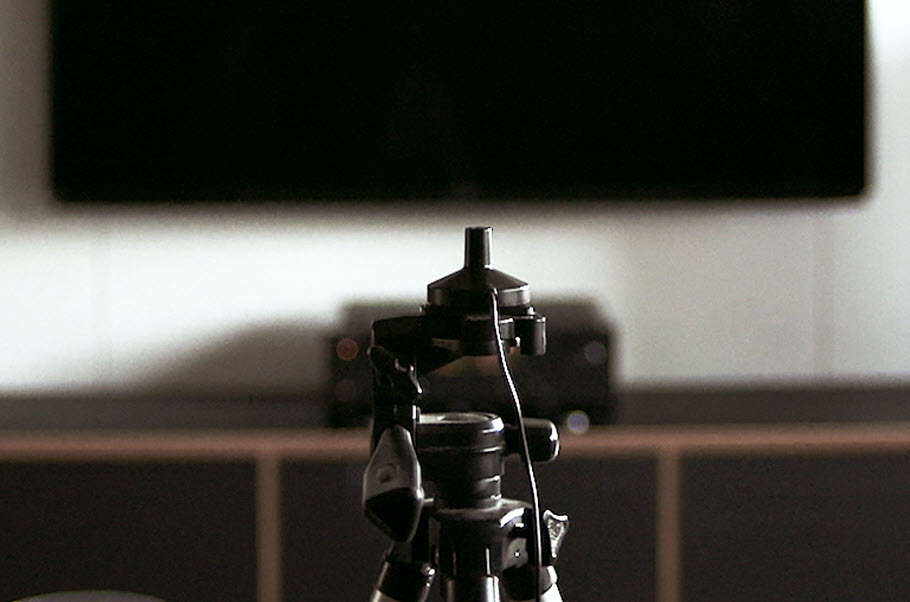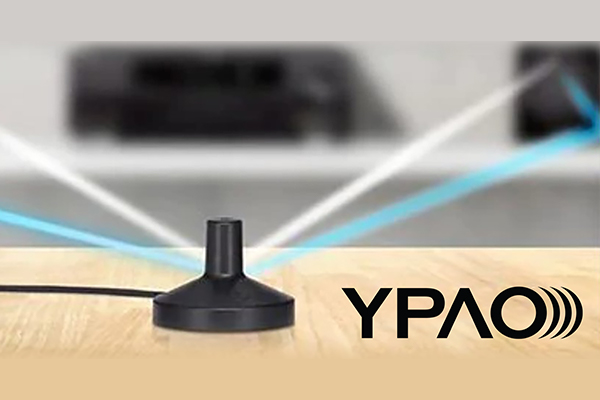existingbrain
Member
- Joined
- Jan 5, 2024
- Messages
- 18
- Likes
- 2
Curious what folks think about Yamahas approach to room correction for hifi, ie, 2 channel stereo listening. See link below for their explanation, but basically the approach is to match the frequency response of both speakers by EQing down the speaker with the higher sound level at any given point along the frequency spectrum to match the speaker with the lower sound level. I own a receiver with this functionality and in my experience it works well for cutting down bass peaks, but I have not noticed any improved stereo imaging, as their marketing material would suggest. Obviously your results will vary depending on the room and speakers, but I’m more curious about what folks think about the philosophy/theory behind this approach compared to that of others such as Dirac, arc, etc.

 hub.yamaha.com
hub.yamaha.com

How YPAO™ Works in Yamaha Hi-Fi Receivers - Yamaha Music - Blog
YPAO™ Yamaha technology analyzes the acoustics of your space to optimize the sound you hear. Here's how it works in two-channel Hi-Fi receivers.



